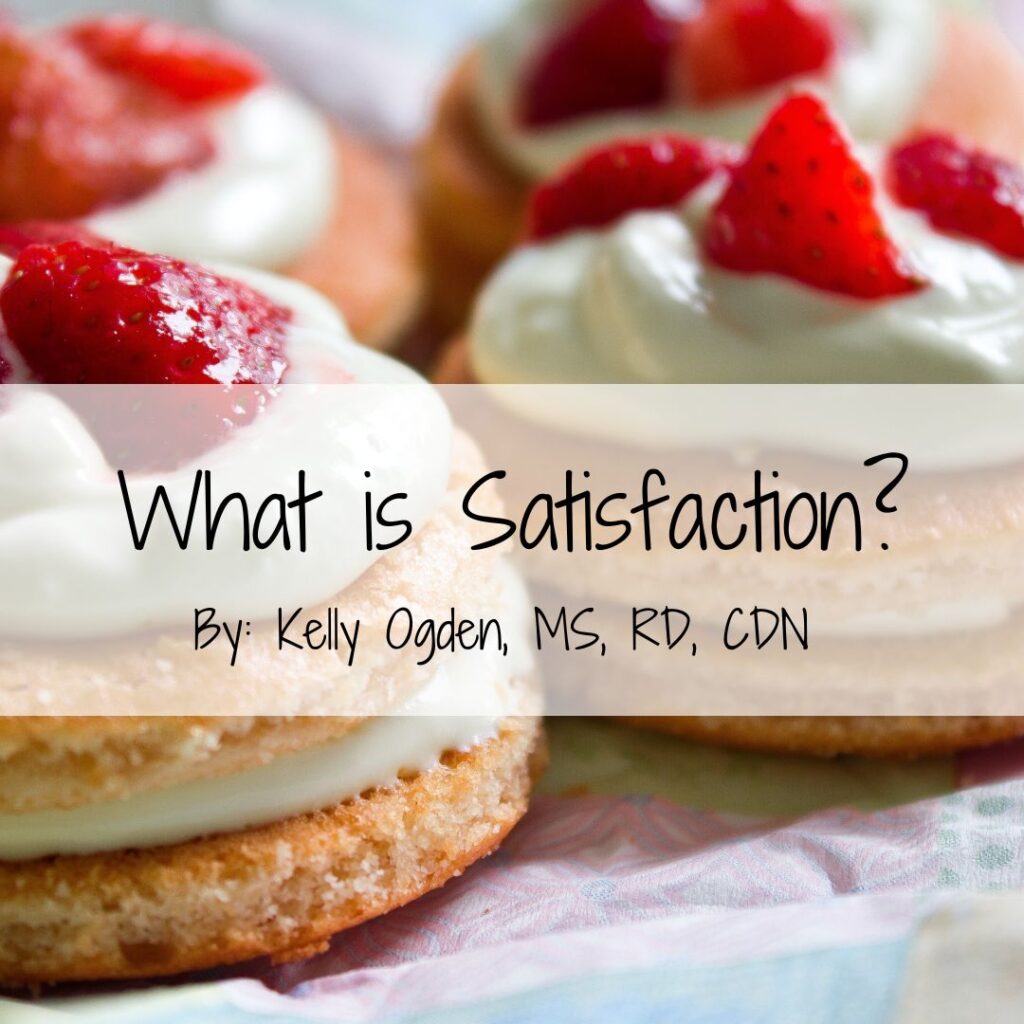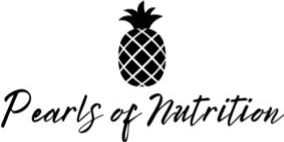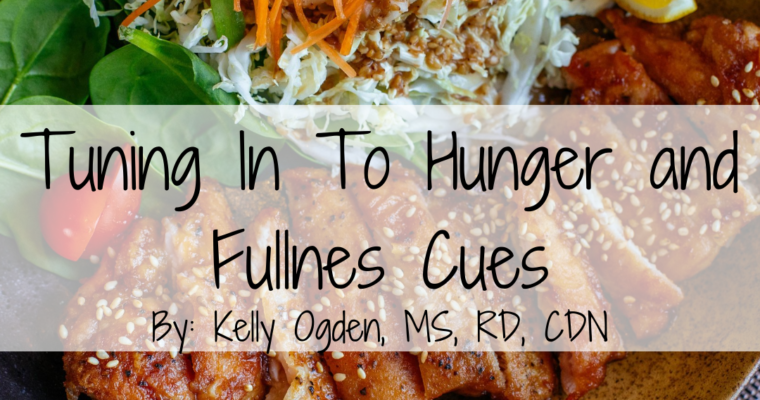
Have you ever felt full after eating but not satisfied? If you’ve ever been able to acknowledge your fullness and still continue eating anyway you may have experienced this. Without satisfaction it is hard to turn off the drive to eat. Think of fullness as the physical sensation of satiety, while satisfaction is the mental sensation of satiety.
Physically, we experience fullness via two mechanisms. This first comes from the stretching of the stomach when food fills it. This engages stretch receptors in the stomach lining and sends a feedback to the brain to say- “hey! There’s enough in here!” The second mechanism is when the small intestine chemically senses fat, protein, and hydrochloric acid. This causes a release of cholecystokinin (CCK) which triggers a release of digestive enzymes and bile. CCK also acts in the brain to reduce appetite and slow the exit of food from the stomach. This means that physically in order to experience the sensation of fullness your meal must contain adequate volume (think fiber and carbohydrate containing foods like whole grains, vegetables, and fruit), protein, and fat. While most of the time we want to eat when we are hungry and stop when we are full, this doesn’t always happen. If we can understand why eating outside of this range may have happened (needing comfort, needing to eat before a meeting, etc.), we can help reconnect with our true needs (ex: call a friend for comfort) rather than use food as a way to cope. Additionally, we can recognize that sometimes experiences like this are actually just a part of ‘normal’ eating. For example, if you have a long meeting coming up that crosses into your lunch time, you may need to eat beforehand even if you aren’t feeling completely hungry for it. Additionally, if we lack mental satisfaction in the meals we are eating. While these are the components of physical satisfaction, it can be trickier to find a meal which also mentally satisfies.
Discovering the satisfaction factor is one of ten principles of Intuitive Eating and it refers to the mental/emotional satisfaction we derive from eating. People eat for a variety of reasons outside of hunger including comfort, taste, practicality, timing, spontaneity, etc. Being aware of this can help to normalize our experience around eating. Often diets emphasize calorie counting or fullness over satisfaction which is one of the many reasons why diets fail. Filling up on voluminous foods may make you feel physically full on fewer calories in the short term but the lack of satisfaction will only set you up for overeating or binging later. For example, if you want pizza but only let yourself eat a salad you may find you’ll continue eating until you’re uncomfortably full because you’re still thinking of that slice of pizza. If you’re still in diet mentality when you eat you may be selecting foods that you think you “should” eat due to food rules or judgements. As a result, it’s unlikely that you will have a satisfying eating experience.
To feel fueled and energized your body needs foods that provide both adequate energy and pleasure. What feels satisfying and the amount that fills you sufficiently can change day to day. The foods you’re in the mood for or what sounds good will also change day to day. This is where the importance of checking in with yourself and being intune with your body comes into play. A starting place can be thinking about what you want to eat before you do. You can ask yourself some of the following questions before eating. Remember to approach these questions with curiosity, not with judgment.
- How hungry am I right now? Do I need a full size meal or just a snack? What size snack?
- What sounds good?
- Do I want something hot or cold, crunchy or smooth, spicy or mild?
- Does my plate have enough different food groups to provide all the things that help me feel physically satisfied (volume, fiber, fat, protein)?
Mindfulness during eating can also play a role in discovering satisfaction. For example, imagine the mental satisfaction of letting a chocolate melt in your mouth. Talk about satisfying! If you’re able to identify that candy sounds good, you could incorporate it with a meal/snack so you are getting enough to feel physically full and satisfied. If you are able to identify the drive for a chocolate as taste hunger vs physical hunger then the chocolate may be fine on its own.
Planning for satisfying meals and snacks can take some practice. This is where the food groups come into play. When you’re able to incorporate a majority of the food groups (carbohydrate, protein, fat and produce) you are more likely to finish the meal or snack feeling both full and satisfied. The variety of food groups signal physical satisfaction by filling up your stomach and by releasing hormones that suppress our hunger, raise our blood sugar, and give our body energy. Adding more components to meals and snacks will give you a wider variety of tastes and textures which will help improve satisfaction. For example, when you eat an apple (produce) for a snack, adding peanut butter (protein and fat) will help you to be more satisfied and feel full a little longer compared to having the apple on its own.
It’s also important to acknowledge that not every meal or snack will be exactly what you feel like in the moment but that doesn’t mean that you skip nutrition completely. For example, lets say you are at work and the office is catering a lunch of subs and salads but you’re really craving something hot like soup. By using gentle nutrition you can make the decision to still fuel yourself with the nutrition that is available so that you have energy for the remainder of the afternoon and then check in with yourself later in the day to see if incorporating soup for dinner still sounds good to you.
Just like identifying and honoring hunger and fullness cues, discovering satisfaction takes a lot of practice. If you’re like many and have been dieting for a while, you might not even know what foods you like. It’s easy to lose touch with your preferences after years of relying on calories instead of eating for satisfaction. If this is something you resonate with, try to first experiment with a wide range of foods and start to observe what you enjoy. At first you may feel like you’re always in the mood for those previously “off limits” foods. This is okay! Continue to give yourself permission to have them, and see how you feel. Eventually, as you keep allowing them that all or nothing feeling will fade away and you will realize it is just food and you can stop eating when you’ve decided you have had enough.
Share with us in the comments, how do you find satisfaction in eating?
Additional Resources:
- https://alissarumsey.com/fullness-vs-satisfaction/
- https://www.rachaelhartleynutrition.com/blog/2017/6/11/satisfaction-vs-fullness


